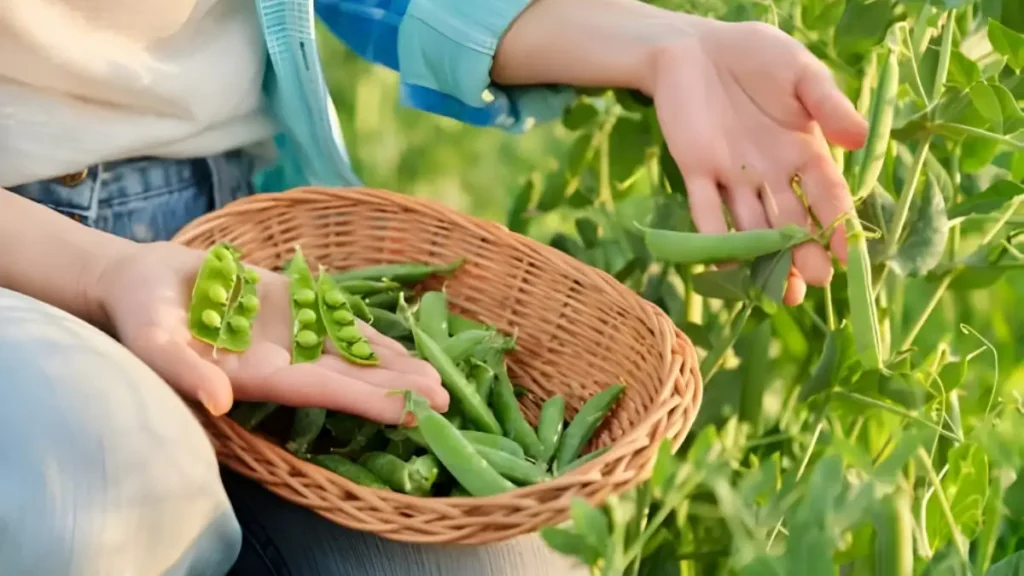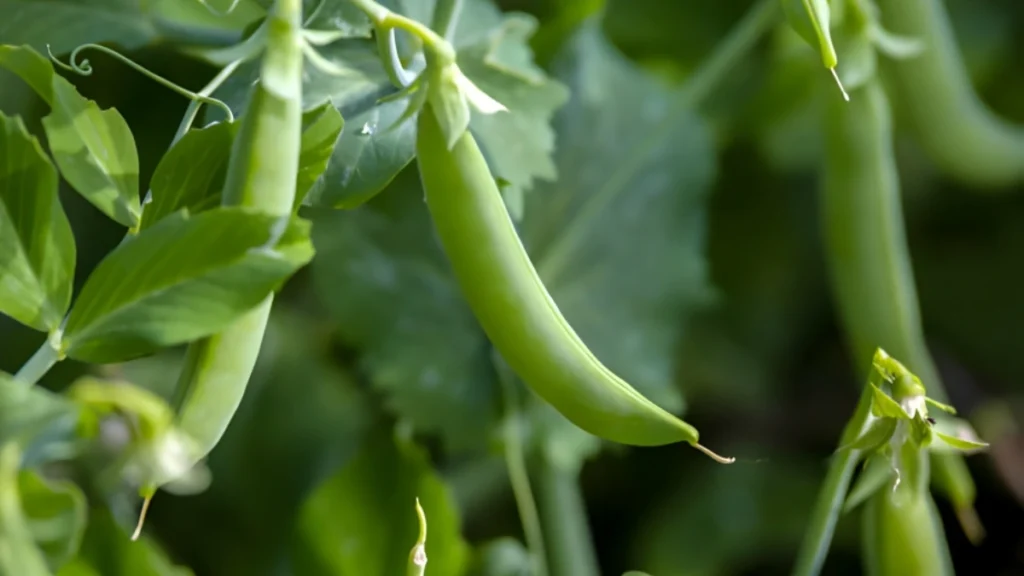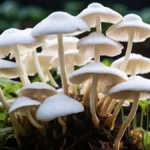One of the first crops to be produced, peas (scientifically known as Pisum sativum) are prized for their nutritious content and sweet flavor. Growing peas may be a wonderful experience, regardless of gardening expertise level. Peas are widely cultivated in home gardens and commercial farms due to their ease of growing and flexibility in culinary applications. Growing peas at home in containers is a delightful and accessible way to enjoy fresh, crisp peas right from your garden, even if you have limited space.
Here are a few tried-and-true techniques for growing peas:
Picking the ideal type of peas
- Select a pea variety that is appropriate for your garden’s climate and size. There are three primary varieties: snow peas, which are edible pods with nearly flat immature peas, snap peas, and shelling peas, which are for fresh consumption.
Best timing for growing peas
- Plant peas as soon as the soil can be worked in the spring, as they prefer milder temperatures. Depending on your location, you can even plant them in late summer for a fall harvest.
Preparing the soil
- Peas grow best in rich, well-drained soil that has a pH of 6.0 to 7.0. Dig a deep hole and add lots of organic matter (old manure, compost) to promote drainage and fertility.
Sowing peas
- Directly sow pea seeds into the ground, allowing 1-2 inches between each one in rows that are 18–24 inches apart, or as required by the variety. Plant seeds 1 inch deep, then lightly cover with dirt. Consider installing a trellis or other support structure if you’re planting in rows so the vines can climb it.
Watering and mulching
- Maintain a constant moisture content in the soil, particularly during germination and flowering. Water well to promote root development, but don’t overdo it, as wet soil might cause peas to rot.
- Mulch the area surrounding the pea plants to help with soil temperature regulation, weed suppression, and moisture retention. Straw and shredded leaves are excellent examples of organic mulches.

How to support growing peas
- Since pea plants are climbers, they will require assistance as they develop. Set up pea fences, trellises, or stakes for the vines to climb up and cling on. This lessens the chance of decay by keeping the pods from coming into contact with the ground.
Fertilizing for growing peas
- Although they are light feeders, peas might gain from a well-balanced fertilizer when planted. Steer clear of fertilizers with high nitrogen content since they may promote excessive leaf growth at the price of pod development.
Management of Diseases and Insects
- Pests include powdery mildew, pea moths, and aphids should be observed. Examine plants regularly, and if needed, apply natural pest control techniques like handpicking, insecticidal soap, or neem oil.
Gathering peas
- The ideal time to harvest peas is when the pods are full and plump but still sensitive. Pick them frequently to promote continuous output. To prevent harming the plant, use scissors or squeeze the pods off the vine.
Conclusion:
Growing peas is an incredibly fruitful activity with dual agricultural and culinary value. Growers can reap the benefits of a plentiful production of this adaptable legume by paying close attention to the planting, nurturing, and harvesting processes. Peas also bring nutrition to a variety of cuisines around the world and help maintain the health of the land by fixing nitrogen. In conclusion, cultivating peas is a worthwhile endeavor for both farmers and gardeners because it improves the soil, fosters sustainability, and results in more delicious meals.
Certainly! If you’d like to learn more, please consider following our WhatsApp Channel: Harvest Gardening
A frequently asked questions:
Q1: What type of soil is best for growing peas indoors?
A1: Peas like their soil to be loose, well-draining, and rich in organic materials. It is best to combine garden soil, compost, and either vermiculite or perlite.
Q2: What type of container is best for growing peas?
A2: Select planters with a minimum depth of 12 inches and a width that permits sufficient room for plant spacing. Excellent options for providing appropriate drainage and aeration for the roots are wooden crates, fabric grow bags, and terracotta pots.
Q3: Can I save pea seeds for next year’s planting?
A3: You can save pea seeds for the following season. Let certain pods on the plant mature all the way through until they become dry and brown. After that, take the seeds out of the pods, let them dry fully, and store them somewhere cool and dry.
Meta: Ready to take your garden to the next level? Explore our proven methods for growing peas and enjoy a fruitful harvest.



